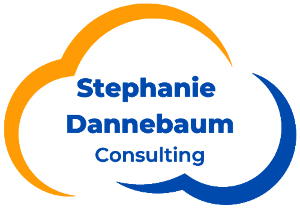As a financial advisor, client meetings are a crucial part of your job. These meetings provide the opportunity to build relationships, gain trust, and ultimately help your clients achieve their financial goals. However, preparing for a meeting can be time-consuming and overwhelming, especially if you are managing a large number of clients. This is where a robust CRM system with meeting preparation features can be extremely helpful.
One of the most effective CRM features to streamline the meeting preparation process is to build workflow templates. These templates can help to ensure that all necessary tasks are completed before the meeting, such as updating client information, printing reports, and scheduling the next meeting. By using these templates, financial advisors can save time and ensure that nothing is overlooked.
In addition to workflow templates, financial advisors can also use activity templates to streamline the meeting preparation process. These templates can add consistency and habit to the office flow. Note templates are also a foundation to an advisor’s CRM toolbox.
In this blog, we will discuss the 5 CRM Best Practices for Meeting Preparation. A customized RIA CRM will include best practices, building workflow templates, activity templates, and note templates.
5 CRM Best Practices for Meeting Preparation
Before we dive into the technical aspects of preparing for a meeting using your CRM, let’s discuss some best practices that you should follow.
First, it is important to review notes from the year. This will help you to refresh your memory about your client’s financial situation, goals, and concerns. You can also use this opportunity to update any missing or incorrect information in your CRM. Example: Keeping the CRM system up to date with accurate and relevant information
Second, review the talking points from the previous meeting. This will help you to follow up on any action items that were discussed and ensure that you are on track with your client’s financial plan. Example: Using templates to streamline the meeting preparation process
Third, print reports that are relevant to the meeting. This could include performance reports, asset allocation reports, or any other reports that will help you to communicate effectively with your client. Example: Use Custom Export Template reports in Redtail CRM or Reports in Wealthbox CRM.
Fourth, schedule the next meeting before the current meeting ends. This could be done through the CRM system, which can help to ensure that the meeting is scheduled at a convenient time for both you as the financial advisor and the client. By scheduling the next meeting in advance, you can help to ensure that the client stays on track towards their financial goals.
Finally, after the meeting has concluded, financial advisors should send a proper follow-up. This could include a summary of the meeting, any action items that were discussed, and any next steps that need to be taken. By sending a proper follow-up, financial advisors can help to ensure that the client is fully informed and has a clear understanding of what needs to be done next.
The Importance of Meeting Preparation
In conclusion, meeting preparation is a critical aspect of providing top-quality service as a financial advisor. By using a CRM system, you can streamline the meeting preparation process and ensure that you are fully prepared to address clients’ financial goals and concerns. From reviewing notes from the previous year to scheduling the next meeting, there are several important steps to take when preparing for a client meeting. By following best practices, building workflow templates, activity templates, and note templates, financial advisors can make the most out of their CRM system and deliver exceptional service to their clients. So, start implementing these tips and make your next client meeting a success!




